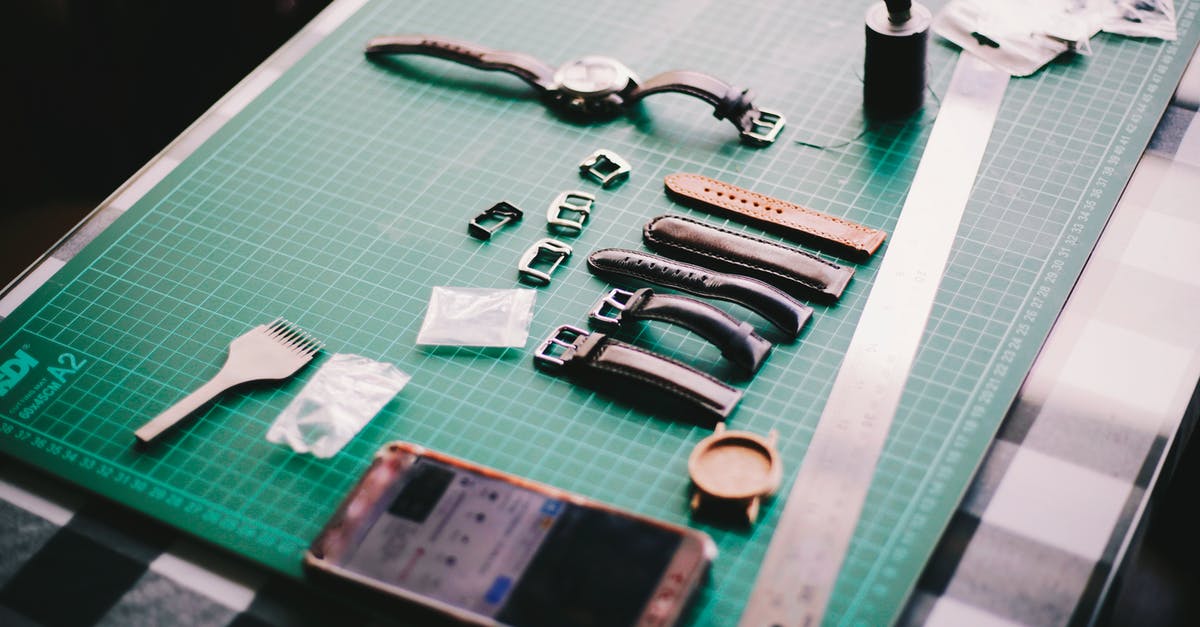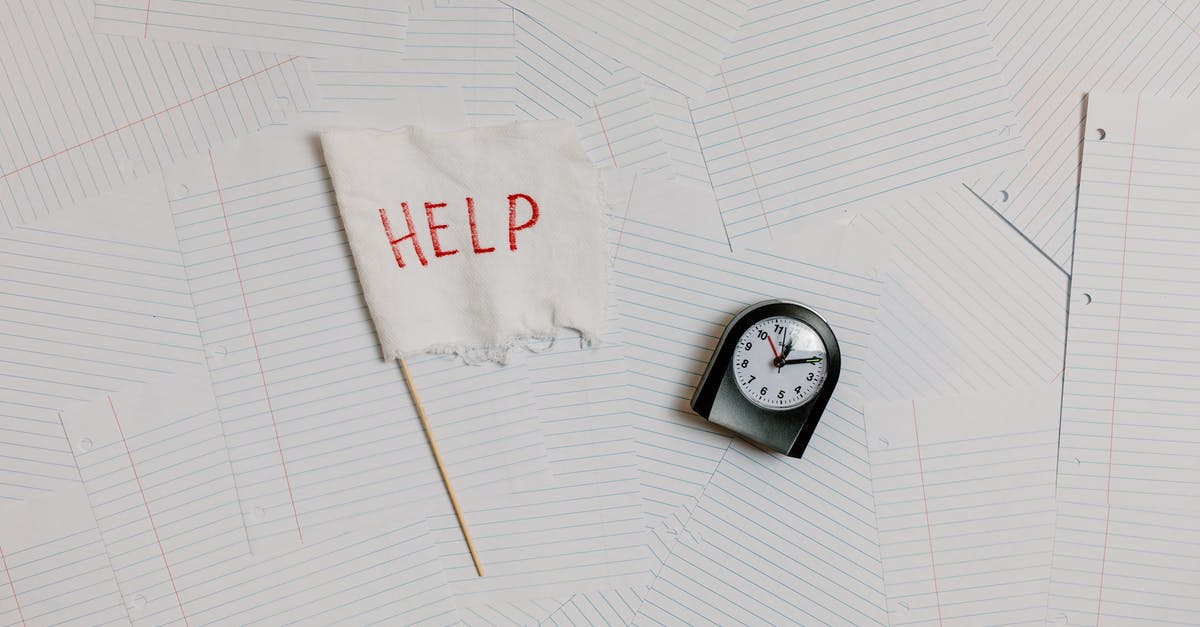Help making multigrain bread for first time

Just bought a home bread-maker and I would like to try baking a multigrain bread which recipe is included in the machine booklet. The ingredients of the recipe, which include 3 kinds of flour, are written below:
- Flour (240 g).
- Strong whole wheat bread flour (140 g)
- Graham flour (40 g).
- Butter (20 g).
- Salt (1 3/4 tsp).
- Linseeds (2 tbsp).
- Quinoa, wash in water (3 tbsp).
- Water (280 ml).
- Dry yeast (2 tsp).
- Sunflower seeds (60 g).
I went with the recipe to a bio-shop and after discussing it with someone there they told me that:
- Strong whole wheat bread flour refers to "type 150" wheat flour. I bought it.
- Plain "flour" they suspected that it refers to just white flour. They do not sell white flour (since it was a bio shop) but offered me "type 75" wheat flour instead, which I bought.
- They did not know what is Graham flour. Apparently this is not easy to find where I leave (Belgium) and nobody seems to know what is this about.
So my questions before starting my first bread making experiment are:
- Is correct the assumption that in my recipe plain flour should be just white flour? If that is the case I would like to replace it if possible since to the best of my understanding white flour is not very good for health. Is a good idea to replace it by the "type 75" wheat flour I got (the actual name written on the product (in french) is: "Farine de froment 75%")? Or maybe another alternative is better ?
- What is the best replacement for the Graham flour that seems to be difficult to find in Belgium ?
Thanks.
Best Answer
Is correct the assumption that in my recipe plain flour should be just white flour?
It's tough to know without context, but given that "flour" is contrasted in your recipe with "strong whole wheat bread flour" and "graham flour," it's reasonable to assume that "flour" likely just means a standard white flour.
If that is the case I would like to replace it if possible since to the best of my understanding white flour is not very good for health.
Nutrition is off-topic here. I would merely note that it's probably more accurate to say that whole-grain flours tend to have a larger amount of beneficial nutrients and fiber. What may be "healthy" for you is a matter for you and your doctor.
Is a good idea to replace it by the "type 75" wheat flour I got (the actual name written on the product (in french) is: "Farine de froment 75%")? Or maybe another alternative is better ?
I'm assuming the numbers here are referring to the French system, which measures ash content in the flour. Type 75 flour in that case is still a somewhat "white flour," though that latter term can mean different things in different countries and to different people. To some, "white flour" implies bleaching. A Type 75 flour will be unbleached and therefore not quite as white as a very "white flour," and it will typically have a higher extraction rate (meaning some bran/germ is retained compared to typical white flour). But for your purposes, a Type 75 flour is probably also better than standard "white flour" because it will have a higher protein content, which will likely allow a heavy multigrain bread to rise better.
So yes, you can use your Type 75 flour as a substitute, though you might need to add a bit more liquid to the dough as it may absorb more than a standard white flour would. If you want to move toward even greater whole grain, you could use a higher number wheat flour, but likely at the expense of lightness in your bread loaf. A completely whole-grain bread will typically be a bit denser.
I'd also note that the question specifies "multigrain" bread, but all the flours listed are wheat. Should we assume that the recipe also includes other grains? [EDIT: OP added complete recipe to clarify, and it does.] If so, the regular (white) flour is likely there partly to provide loft and to lighten the flavor from the various (whole) grains. A Type 75 flour seems a good substitute if there are other added grains too, and you want to produce a bread that is not very heavy and dense. (If you don't mind heavy and dense, perhaps try more whole wheat in the mix.)
What is the best replacement for the Graham flour that seems to be difficult to find in Belgium ?
Graham flour means different things to different companies these days. Traditionally, it would have been a whole-grain wheat flour (sort of like your Type 150 flour), perhaps ground a bit more coarsely. In the U.S., graham flour is often separated into bran, germ, and endosperm (as white flour would be), some or all of the germ may be removed (to allow a longer shelf life) and the bran and some germ will be added back to the milled white flour to create graham flour. But the process and exact composition may vary.
Anyhow, I'd probably just use some more of your Type 150 flour in place of the graham flour. (I'm honestly not certain why the recipe would request those two separate types of whole-wheat flours in the first place, as they are alike enough that it doesn't seem to make much difference, and the specific differences that do exist are unlikely to be that consistent even between different mills. I'm guessing that the graham flour is meant to give a bit more coarseness from its coarser grind, resulting in a more rustic texture.)
Pictures about "Help making multigrain bread for first time"



How do you make multigrain wheat bread?
How to Make Multigrain BreadHow do you get whole grain bread to rise?
Allow it to sit for three hours in a bowl at room temperature. Next break apart the dough and shape into loaves. Allow 20 minutes of rising. Punch down the dough loaves and allow one more rise.How can I make whole grain bread taste better?
Honey: To feed the yeast, tenderize the bread, and I love the flavor the honey adds to whole wheat bread. You could substitute agave or granulated sugar. Salt: add flavor. Butter: Unsalted or salted butter will work.What should be the first ingredient in whole wheat bread?
If it's 100% whole wheat, the first ingredient listed in the ingredient label will be whole-wheat flour or 100% whole-wheat flour.MY FIRST TIME MAKING WHOLEGRAIN/MULTIGRAIN BREAD RECIPE/ Super Tasty Healthy Loaves 🍞 ContentCREATOR
More answers regarding help making multigrain bread for first time
Answer 2
Athanasius' answer is a good analysis of your current situation. Here some information to help you shop next time (I am using French system flour names here, I hope that's what Beldgium uses):
- Strong white flour is not sold in continental Europe and is not the same thing as Type 150 flour. You can obtain strong white flour by taking normal white flour (type 55) and adding 2.5% vital wheat gluten to it. You will probably have to purchase the gluten online, I haven't seen it in stores.
- Plain flour would be flour type 55.
- For "graham flour", search for whole wheat flour, preferably of a slightly coarser grind (but not so coarse as to be semolina). Some health food stores will have a self-service grinder - you can buy a package of wheat from them and put it through the grinder yourself. However, don't use that option too early in your breadmaking days, as this kind of rough flour makes it quite difficult to work with the dough, it basically cuts the gluten strands and you have very little raise in the bread. If you can't find information on grind coarseness, just buy something labeled "whole wheat flour", maybe with a preference for health store brands (less likelihood of being refined in some way).
Following these steps will give you maximum closeness to the original recipe. If you can't, or don't want to, get all these types of flour, don't worry. Most types of flour will give you an edible bread with this recipe. You will just get a different taste and texture with each, and won't be too close to the original.
Sources: Stack Exchange - This article follows the attribution requirements of Stack Exchange and is licensed under CC BY-SA 3.0.
Images: Karolina Grabowska, Kevin Menajang, Alex Green, Tara Winstead
